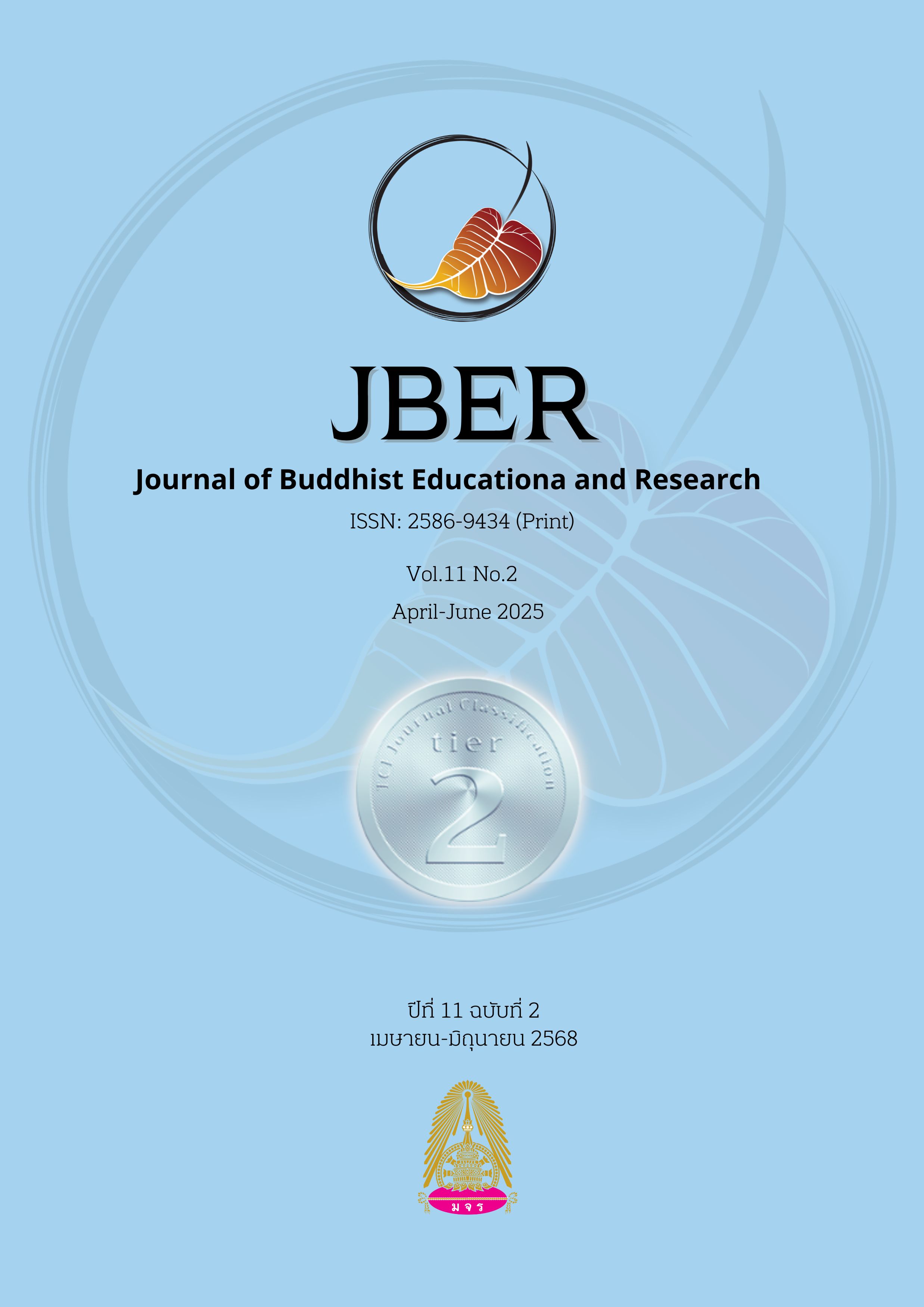Research on the Current Situation of Chinese Popular Vocal Music Major by Interview at Shenyang Conservatory of Music
Abstract
This study aims to examine the current situation of the Chinese popular vocal music major at Shenyang Conservatory of Music through qualitative interviews with five expert instructors. Findings reveal pedagogical practices combining traditional Chinese techniques and contemporary pop styles, challenges related to resources and curriculum, and the growing role of technology in vocal training. This paper used qualitative methods, including interviews, conducted by interviewing three qualified key informants. The result found that, Vocal teaching methods for Chinese popular vocal music majors at Shenyang Conservatory of Music. Shenyang Conservatory of Music offers a unique blend of traditional Chinese techniques and contemporary popular music styles to prepare students for the Chinese vocal music industry. The core teaching methods include breath control, pitch accuracy, vocal range expansion, and diction, as well as incorporating traditional Chinese musical elements. The school also focuses on lyrical interpretation, phrasing, and emotional expression, using techniques like dynamic contrast and vocal coloring. The curriculum is genre-specific, tailoring vocal techniques and styles to suit different genres. Technology is also integrated into the training process, providing real-time feedback on performance and practical skills applicable to studio recording, live performances, and digital content creation. The school's approach is rooted in language, cultural understanding, and multilingualism, enhancing students' ability to connect with diverse audiences. Shenyang Conservatory utilizes technology to enhance vocal training, incorporating vocal analysis software, recording technology, and digital platforms. The school uses a dedicated studio equipped with tools like Pro Tools and Logic Pro to adapt students' singing styles.
References
Amar, N. (2020). Contesting and appropriating Chineseness in Sinophone music. China Perspectives, 2020(2), 3–6.
Chaffee, J. W. (1995). The thorny gates of learning in Sung China: A social history of examinations. State University of New York Press.
Chen, Y. (2020). The development trend of Chinese vocal music in the new era. Frontiers in Art Research, 2(1), 81–86. https://doi.org/10.25236/FAR.2020.020111
Hassan, A. Y. (2001). Science and technology in Islam: The exact and natural sciences. UNESCO Publishing.
Li, X. (2021). Integrating traditional and modern vocal techniques in Chinese music education. Asian Musicology, 12(4), 78–92.
Song, H. (2024). The techniques of bel canto singing and expression in vocal music. Art Panorama, 2024(1), 112–119.
Wang, L., & Chen, H. (2021). Cross-cultural collaborations in Chinese popular music. Global Music Journal, 12(2), 50–65.
Wang, Y. (2020). Traditional Chinese vocal techniques in modern music education. Journal of Music and Culture, 15(3), 45–60.
Xia, J. (2015). The harmonious application of singing techniques and emotions. Education, 36(4), 45–52.
Yiting, W. (2024). A study on the current state of music education in primary schools. Primary Education Journal, 1(2), 87–89.
Zhang, L. (2019). The role of technology in vocal training: A case study of Spectrogram and VoceVista. Music Education Technology, 8(2), 112–125.
Zhang, Q. (2023). On mastering expression and singing techniques in vocal performance. Canhua, 2023(2), 58–65.
Zhou, M. (2021). Preparing music students for industry demands: The role of technology and practical training. Journal of Music Education, 18(2), 89–103.
Downloads
Published
How to Cite
Issue
Section
Categories
License
Copyright (c) 2025 Journal of Buddhist Education and Research (JBER)

This work is licensed under a Creative Commons Attribution-NonCommercial-NoDerivatives 4.0 International License.





